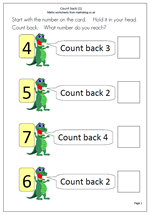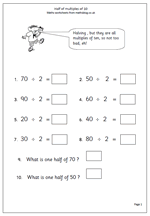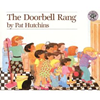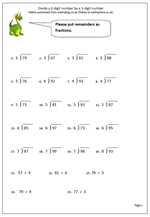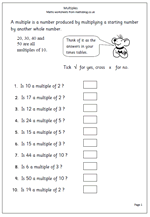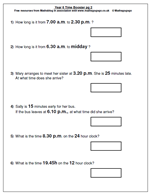Our year 4 Counting and Understanding Number section is developing well with over 30 separate worksheets. In year 4 children are expected to develop their recognition of number sequences, and count on and back in steps of equal size.
Four digit numbers are introduced and children are expected to be able to partition, round and order them – there are four pages at present on the site on partitioning into ThHTU. One of the harder concepts for children to understand is negative numbers and it is important to put them within a context or show them on a number line.
If we are thinking of harder concepts, then decimals and fractions won’t be far away. We have some excellent pages on both these topics, including ordering decimals and equivalent fractions.
Why not visit the Year 4 Counting and Understanding Number section of the site?
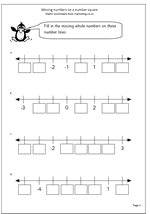
 Ten, Nine, Eight by Molly Bang
Ten, Nine, Eight by Molly Bang

